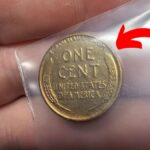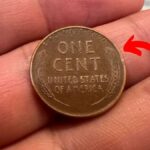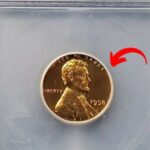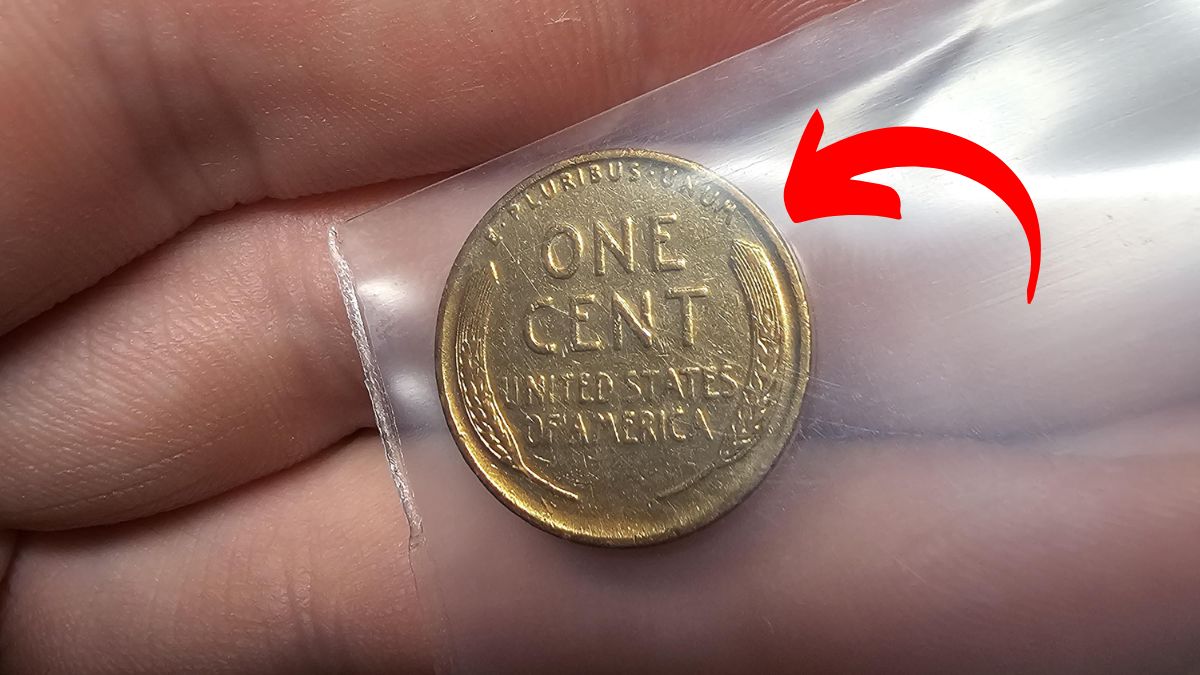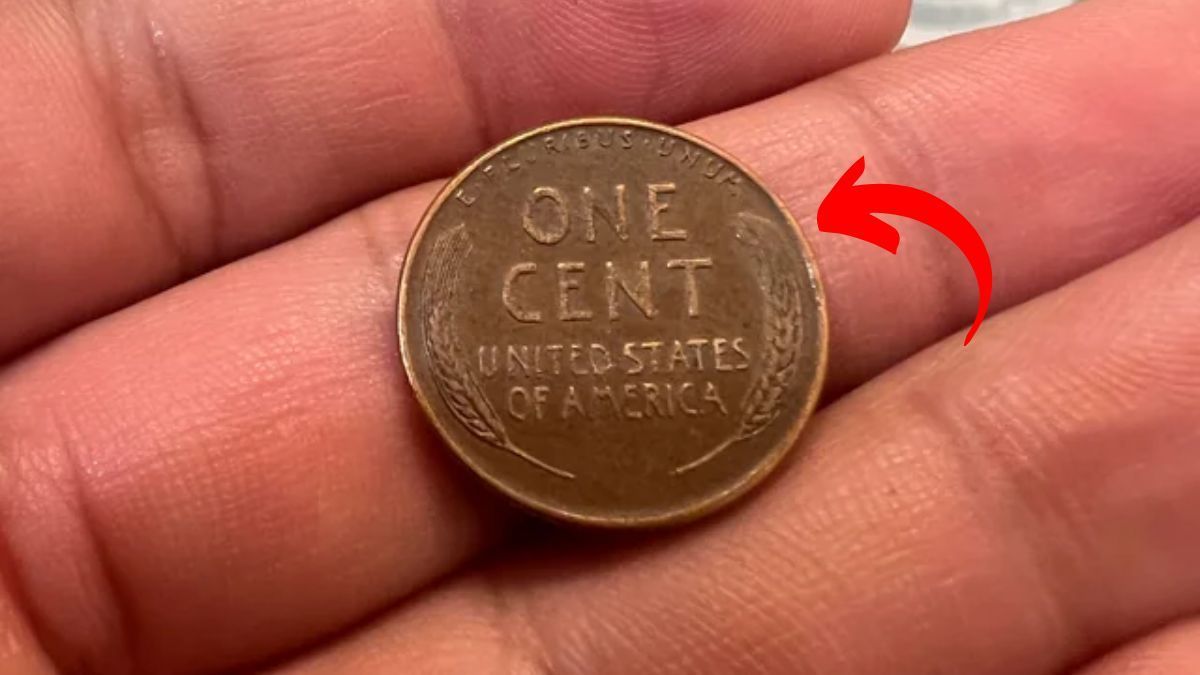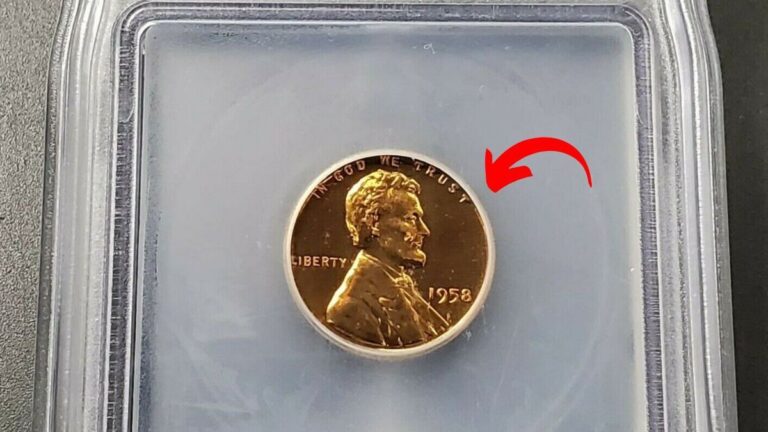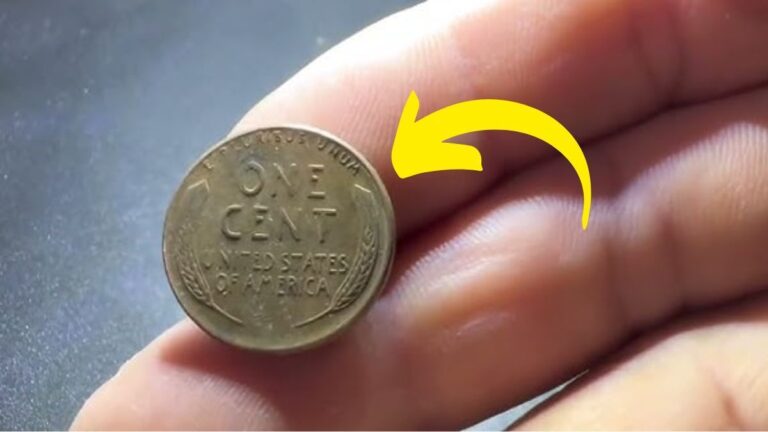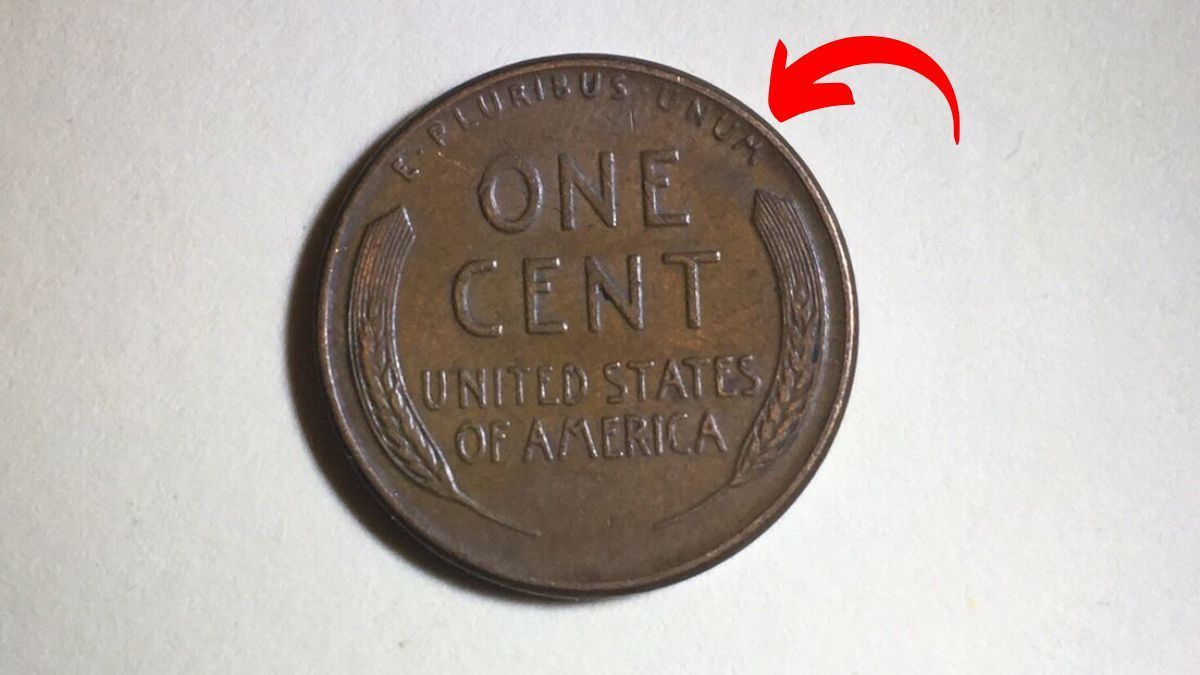The Lincoln Wheat Penny Valued at $7.9 Million: Most people see pennies as merely pocket change, barely worth the effort to pick up when dropped. However, the 1943 copper Lincoln Wheat Penny stands as a remarkable exception to this rule. Valued at an astonishing $7.9 million, this rare coin has become one of the most sought-after treasures in American numismatic history. What makes this particular penny so special isn’t its design or age, but rather an accidental error during its production that transformed an ordinary cent into a multi-million-dollar collectible.
The Lincoln Wheat Penny’s Historical Background
The Lincoln Wheat Penny first entered circulation in 1909 to commemorate President Abraham Lincoln’s 100th birth anniversary. Designed by Victor D. Brenner, it marked a significant milestone as the first American coin to feature the likeness of an actual person rather than the symbolic figures used previously. The coin’s distinctive design featured Lincoln’s profile on the front and two wheat stalks on the reverse, a design that would remain in production until 1958 when it was replaced by the Lincoln Memorial design. During its nearly 50-year run, the Wheat Penny became one of America’s most recognized and collected coins.
A Wartime Error Creates a Treasure
The extraordinary value of the 1943 copper penny stems from a wartime necessity turned mistake. During World War II, copper was designated as a critical material needed for ammunition and military equipment. To conserve this valuable resource, the U.S. Mint switched to producing pennies made of zinc-coated steel instead of copper for the year 1943. However, in the transition process, a few copper planchets (blank coins) from 1942 were accidentally left in the presses. When these machines stamped the 1943 design onto these leftover copper blanks, they inadvertently created one of the rarest error coins in American history.
Extreme Rarity Makes for Extreme Value
The incredible value of the 1943 copper penny comes from its extreme scarcity. Numismatic experts estimate that fewer than 30 genuine copper pennies were accidentally produced across all three U.S. Mint facilities – Philadelphia, Denver, and San Francisco. The Philadelphia Mint produced the most, with approximately 10-15 examples known to exist, while the Denver and San Francisco facilities produced even fewer. This extreme rarity has driven the coin’s value to astronomical heights. In 2010, a 1943-D (Denver) copper penny sold at auction for $1.7 million. By 2018, another specimen changed hands in a private sale for $3.8 million. Current estimates suggest that the finest known example could fetch as much as $7.9 million today.
Hidden Treasures Still Being Discovered
What makes the story of the 1943 copper penny particularly fascinating is that some of these valuable coins may still be circulating unrecognized. Since the steel pennies were unfamiliar to the public in 1943, the copper versions weren’t immediately identified as errors. Over the decades, several examples have been discovered in everyday coin collections, inherited jars of change, and even in circulation. The most recent discovery came in 2019 when a Massachusetts family found a copper 1943 penny in an old collection they had inherited. This continues to fuel the hope and excitement that anyone could potentially find one of these rare treasures.
How to Identify a Genuine 1943 Copper Penny
For those wondering if they might have struck it rich with a penny in their possession, there are several key characteristics to check. A genuine 1943 copper penny will have a distinctive reddish-brown color and weigh approximately 3.11 grams. Most importantly, it will not be attracted to a magnet, unlike the steel pennies from that year which are magnetic. Counterfeits are common due to the coin’s high value – some are simply copper-plated steel pennies, while others are altered 1948 pennies with the “8” changed to a “3.” If you believe you’ve found a genuine example, it’s crucial to have it authenticated by a reputable service like the Professional Coin Grading Service (PCGS) or Numismatic Guaranty Company (NGC).
Cultural Impact Beyond Collecting
The legend of the 1943 copper penny has transcended the world of coin collecting to become part of American popular culture. It represents the tantalizing possibility that extraordinary value can be hiding in plain sight – that a coin worth millions might be sitting in someone’s change jar or penny collection. This has inspired countless Americans to examine their coins more carefully and develop an interest in numismatics. The story of this rare penny reminds us that history, value, and wonder can sometimes be found in the most ordinary objects, waiting for someone observant enough to recognize them.
Disclaimer: This article is for informational purposes only. Always consult with a professional numismatist before making any decisions about rare coin authentication or valuation.

